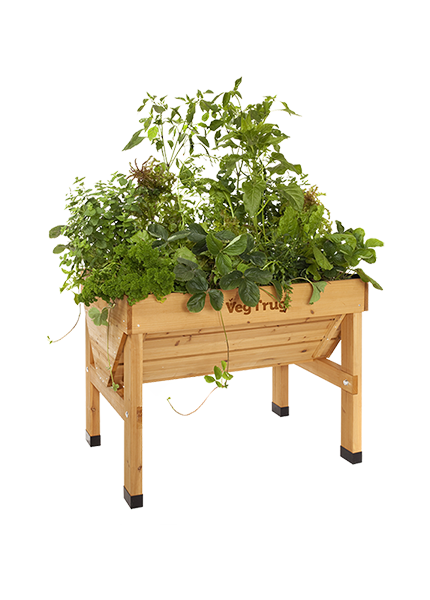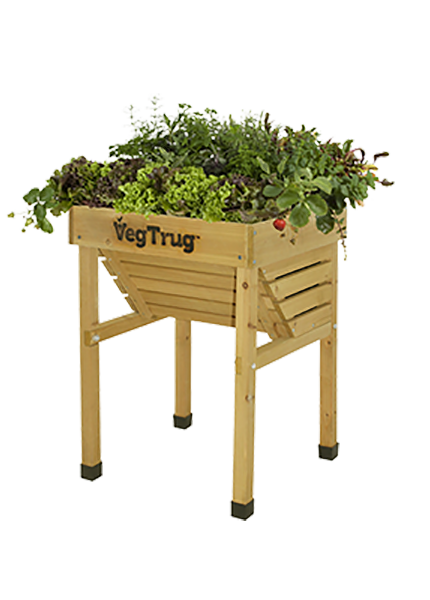Carrots are a super popular root vegetable that are packed with vitamin A and are roasted, boiled or grated raw into a salad. It’s even a cake ingredient.
Grown at home, they’ll taste great and don’t need much attention. They’re not all orange varieties either.
Read more on how to grow carrots below.
Carrots are usually sown from seed during the spring, but as with many vegetables, you can enjoy them all year round by planting those varieties that are suitable for late or early sewing.
It’s best to sow carrots thinly from the start and choose a well-drained soil where they can get full sun. They grow really well in deep containers like a VegTrug. Aim for about 1cm deep and in rows that are between 15cm and 30cm apart. The seedlings can be slow to germinate, and if you need to thin them out aim for a separation of about 6cm between each plant.
There is a risk with thinning out, however. Carrot fly can detect the scent of carrots when they are thinned out. They will seek out your patch and lay eggs in the soil. Carrot fly larvae eat the carrots from inside the roots.
Outside, carrots can handle dry spells but will be thankful for a bit of a soak in the hottest weather. If you’ve planted your carrots in a VegTrug you’ll need to water them regularly. Keep any weeds away too, being mindful of the delicate carrot roots.
When learning about how to grow carrots, you find carrot fly is a specific problem. Some people choose to grow onions and garlic alongside carrots, as the strong smell can put carrot fly off.
Aphids can also be found on carrots, enjoying the sap of young shoots. As well as damaging the plant, aphids’ excretions can cause black mould on the carrot. Remove aphids by hand or, if your carrots are covered, introduce a natural predator, such as ladybirds.
Once you know how to grow carrots you can enjoy months and months of these fresh-tasting vegetables. You should be able to harvest your carrots around 14-weeks after sowing, but don’t let them get too large or the flavour will suffer. Watering the ground first will help you pull the carrots without damaging the roots, unless it’s already wet, and watering afterwards will help the roots that are still in the ground.
If you store your carrots in sand they can keep for months, but ensure they aren’t touching.
How to grow carrots is part of the VegTrug Grower’s Guide.

